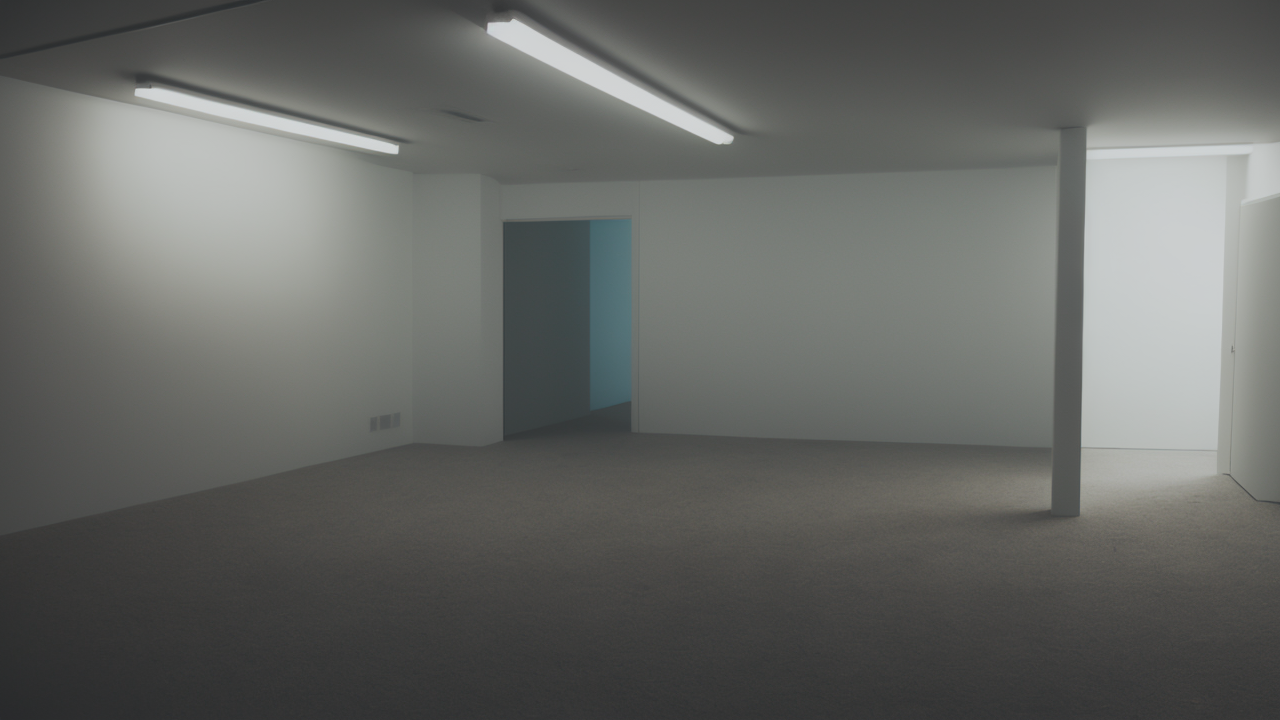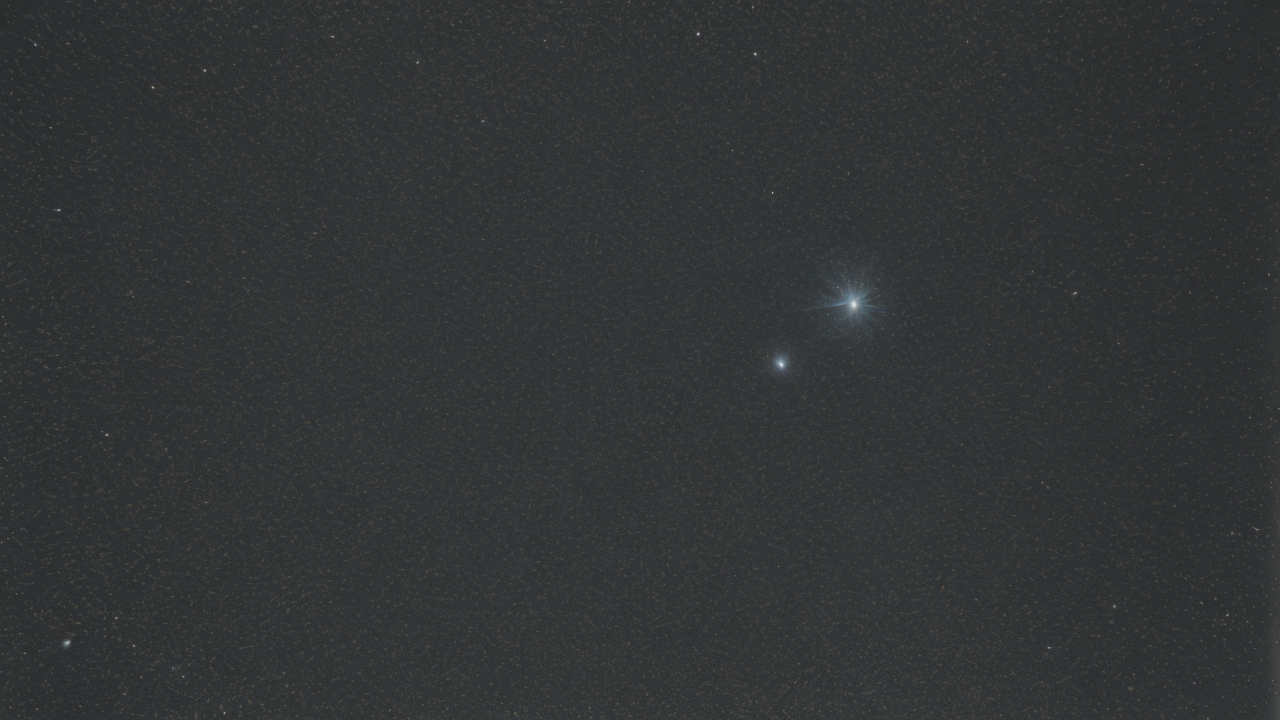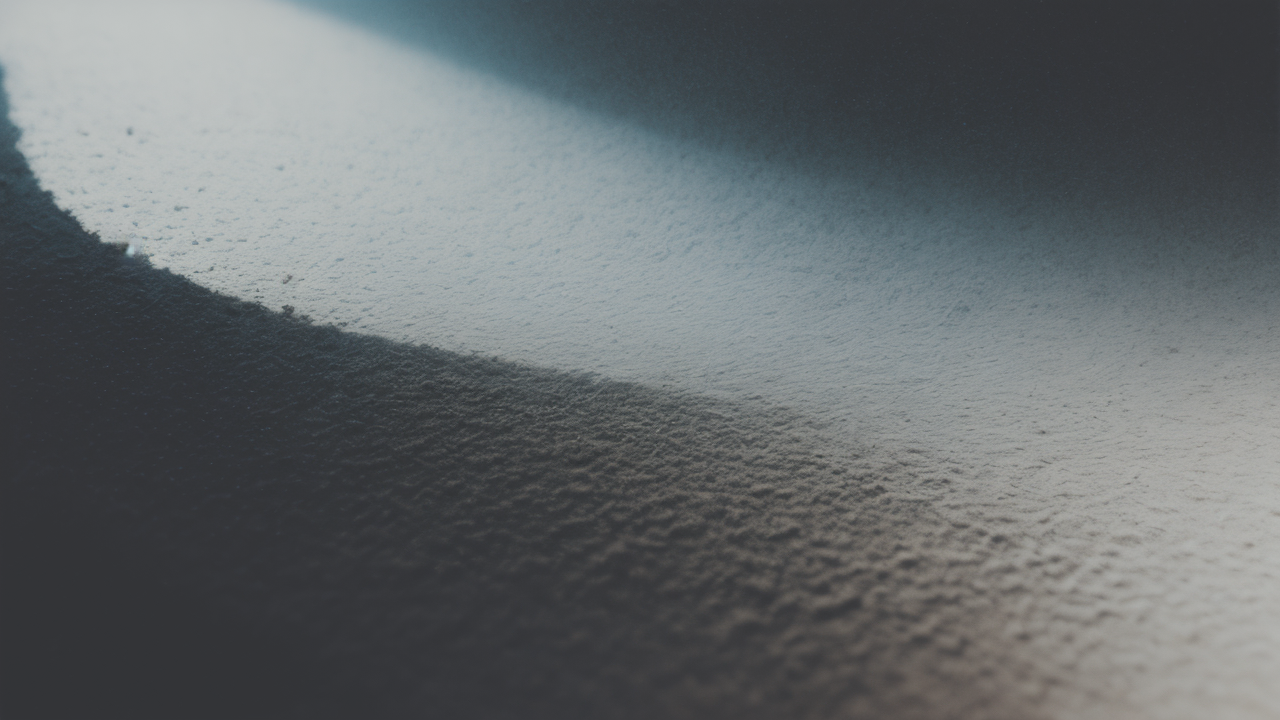
Curating Success: Expert Tips for Organizing a Memorable Art Event
The Rise of Minimalism in Visual Art
The Definition of Minimalism in Art
Minimalism in art is all about keeping things simple. It uses basic shapes and few colors. The goal is to create art with just the essentials. Minimalist art often has clean lines and lots of empty space. It tries to say a lot with very little. This style makes people think about what they see. It asks viewers to find meaning in simple forms. Minimalism can be found in paintings, sculptures, and drawings. Artists who use this style try to remove anything extra. They want their work to be clear and direct. Minimalism shows that sometimes less really is more in art.

Historical Context of Minimalism
Minimalism started as an art movement in the 1960s. It began mostly in New York City. This style was different from the emotional art that came before it. Early minimalist artists wanted to make art that was simple and not emotional. They used materials like metal and glass. They made art with basic shapes like squares and circles. Some important artists were Donald Judd and Frank Stella. These artists cared more about how their art looked than what it meant. Minimalism was also inspired by older art movements. These movements had already tried to make art simpler. All these ideas helped create the minimalist style we know today.
The Influence of Minimalism on Modern Art
Minimalism has changed modern art in many ways. Its ideas about simplicity have spread to other areas too. We can see minimalist ideas in buildings, posters, and even clothes. In art, minimalism led to new types of art forms. It helped create conceptual art and installation art. These new forms changed how people think about art. Today, many artists still use minimalist ideas. They make art that is simple but powerful. The focus on using just what's needed is still important. In our busy world, minimalist art offers a calm space. It reminds us that simple things can be beautiful and meaningful.
Why Textured Drawings Resonate with Minimalism
The Intersection of Texture and Minimalism
Texture and minimalism might seem like opposites. But they work well together in art. Minimalist art often uses small details to make things interesting. Texture adds these details without making things too complex. It gives depth to simple shapes. In minimalist textured drawings, texture is very important. It can create contrast or highlight certain parts. The mix of smooth and rough areas makes the art more engaging. This combination lets artists create interesting works while keeping things simple. Texture in minimalism is like spice in cooking. A little bit can make a big difference.

How Textured Drawings Enhance Visual Interest
Textured drawings make minimalist art more interesting to look at. They engage viewers in more than one way. Even in simple designs, texture creates areas that catch the eye. It guides people's attention across the artwork. This makes looking at the art more active and fun. Textures can also make people feel things or remember stuff. Rough textures might feel strong or rugged. Smooth textures can seem calm or fancy. By choosing textures carefully, artists add meaning to their work. This allows for complex stories within a simple design. Texture turns flat surfaces into landscapes of feeling and thought.
The Psychological Impact of Textured Art
Textured art affects how people feel when they look at it. It makes them want to touch, even if they can only look. This feeling makes the art more memorable. Textures can change how we see flat art. They can make it look like it has depth or is moving. In minimalist art, textures are powerful tools. They can show mood or ideas without using complex images. This lets viewers think about the art in their own way. It creates a stronger connection between the art and the person looking at it. Textured minimalist art speaks to both the eyes and the mind.
Incorporating Minimalism into Your Artistic Practice
Tools and Materials for Creating Minimalistic Textured Art
To make minimalist textured art, you don't need many tools. Simple materials can work great. Here's a list of basic items:

- Pencils (different hardness levels)
- Charcoal sticks or pencils
- Textured papers or canvases
- Erasers (kneaded and rubber types)
- Blending tools (stumps or tortillons)
For adding texture, you can use:
- Sand or salt to sprinkle
- Sponges or textured brushes
- Palette knives for thick paint
- Textured gels or pastes
Try different tools to see what you like best. Remember, in minimalism, less is often more. Focus on getting good at a few techniques instead of using many tools.
Step-by-Step Guide to Creating Your First Minimalistic Textured Drawing
- Pick a simple subject for your drawing.
- Sketch a basic outline with light pencil lines.
- Decide where you want to add texture.
- Use your chosen texturing method (like cross-hatching or stippling).
- Press harder or softer to create depth and contrast.
- Step back often to look at the whole picture.
- Add or remove parts to keep it simple.
- Make important areas stand out with darker tones or more texture.
- Use an eraser to make highlights or soften edges.
- Finish by fixing small details and making sure everything looks balanced.
Don't be afraid of empty space. Keep your drawing simple and let the texture do the talking.
Tips for Integrating Minimalism into Digital Artwork
Using minimalist ideas in digital art is a bit different. Here are some tips:
- Use few colors, often just black and white or 2-3 colors.
- Try digital brushes that look like real textures.
- Use layers to build up texture slowly.
- Work with simple shapes and clean lines.
- Use white space as part of your design.
- Add gentle gradients for depth without making things complex.
- Focus on balance in your layout.
- Play with opacity to create layered textures.
- Use vector graphics for sharp, clean lines.
- Don't be afraid to leave large empty areas.
Digital tools give you many options, but stay true to minimalist ideas. Create impact through simplicity and smart design choices. Remember, in minimalism, every part should have a purpose.


